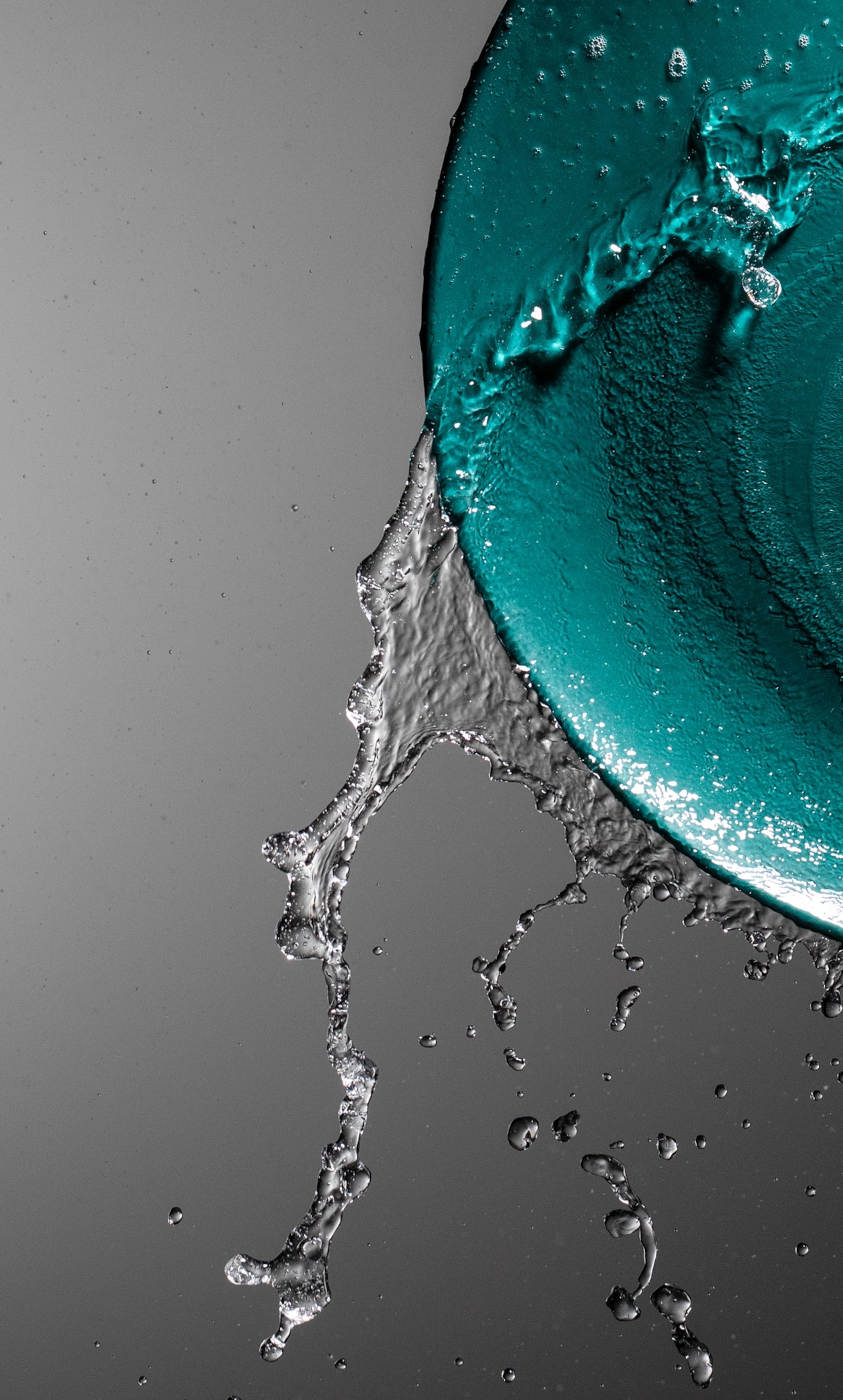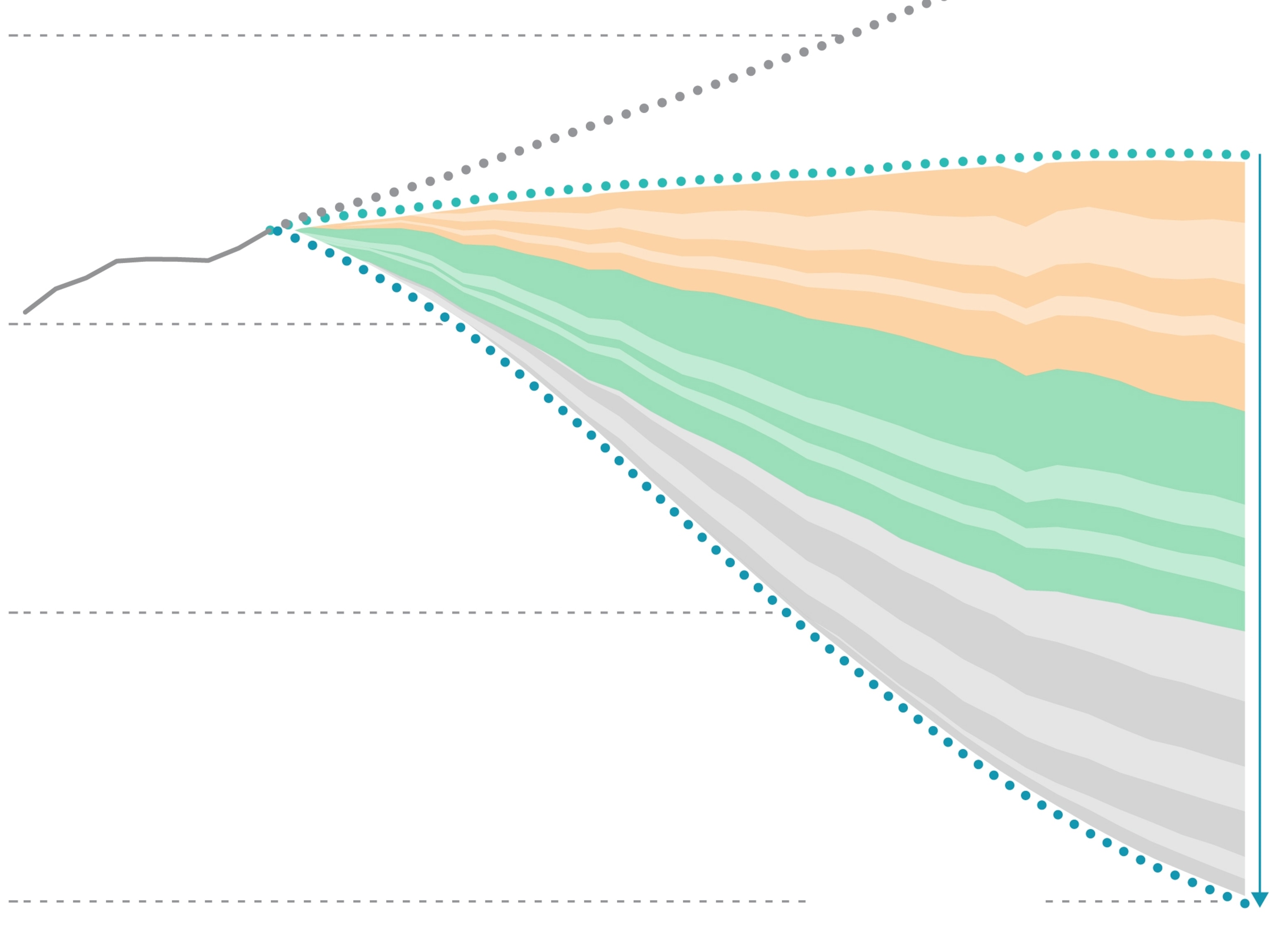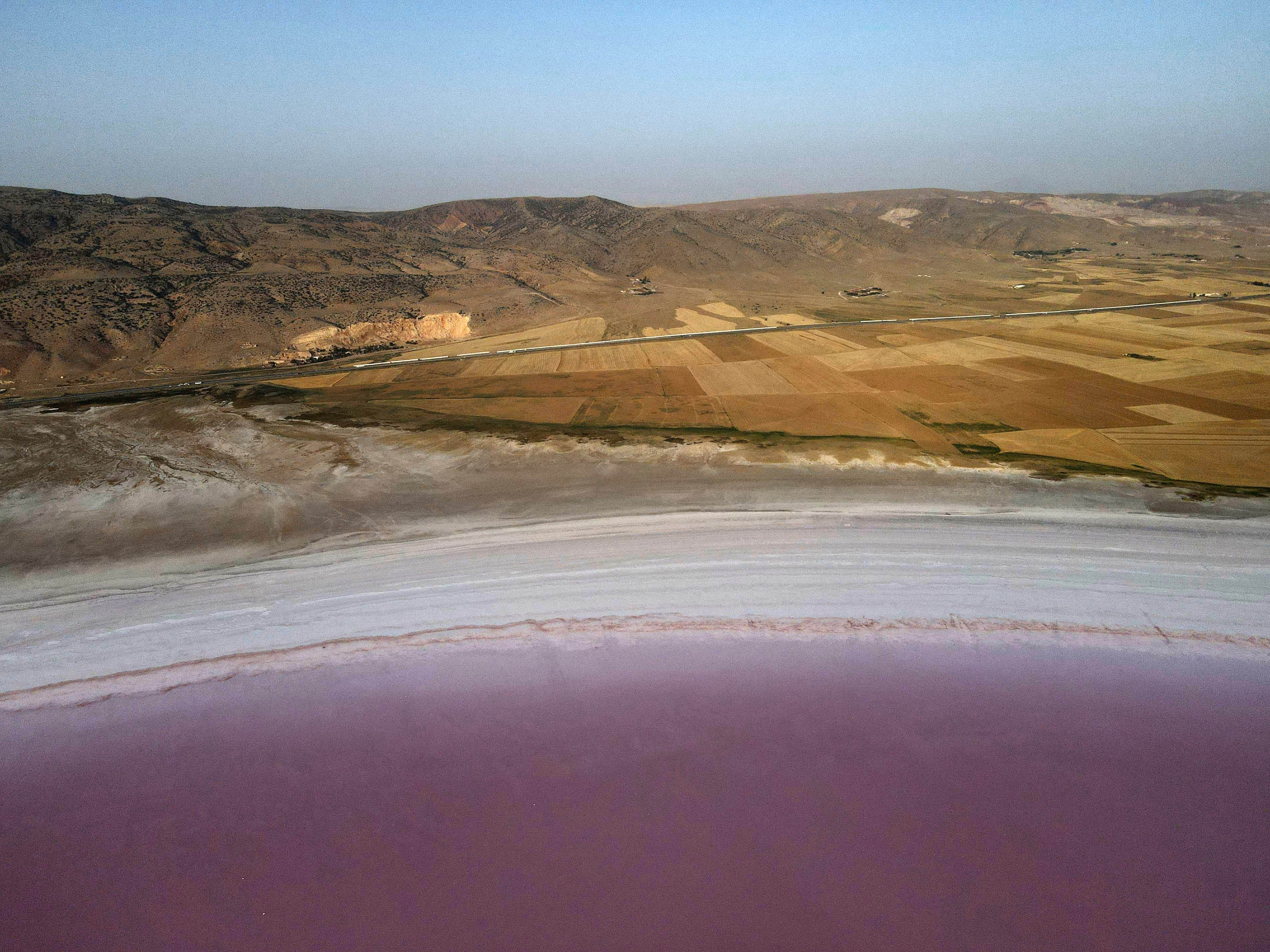5 Earth-friendly ways to wash your dishes
When mealtime dish duty calls, follow these tips to save water and energy.

Skip the sink wash
If you have a dishwasher, use it. Running a full load typically uses a fraction of the water and generates less than half the greenhouse gases compared to most hand-washing methods.
Upgrade your dishwasher
In the United States, the most efficient ones carry the Energy Star label. Some machines use just 2.3 gallons of water for a full wash cycle—about the same amount you’d use in one minute of running the kitchen tap.
Scrape, don’t rinse
It can be a hard habit to break, but you don’t need to run your dishes under the faucet before putting them on the dishwashing rack. If there’s dried-on debris, use the dishwasher’s rinse feature instead of doing it yourself.
Let the dishes air-dry
When you press start, be sure your dishwasher’s heated dry feature is off. Thanks to the energy saved, you’ll lower the carbon footprint of the cycle by more than 10 percent.
Wash wisely
Of course, some dishwashing jobs require elbow grease. If you do hand-wash, turn off the tap while you scrub and use two filled basins: one with hot, soapy water for washing and another with cool water for rinsing.
For more stories about how to help the planet, go to natgeo.com/planet
This story appears in the October 2021 issue of National Geographic magazine.





